Samsung’s Galaxy Z Fold7 shows the folding smartphone still has traction as a flagship device
The Samsung Galaxy range has been given a thorough overhaul, with a new Fold, new Flip and an update to the class-leading Galaxy Watch series
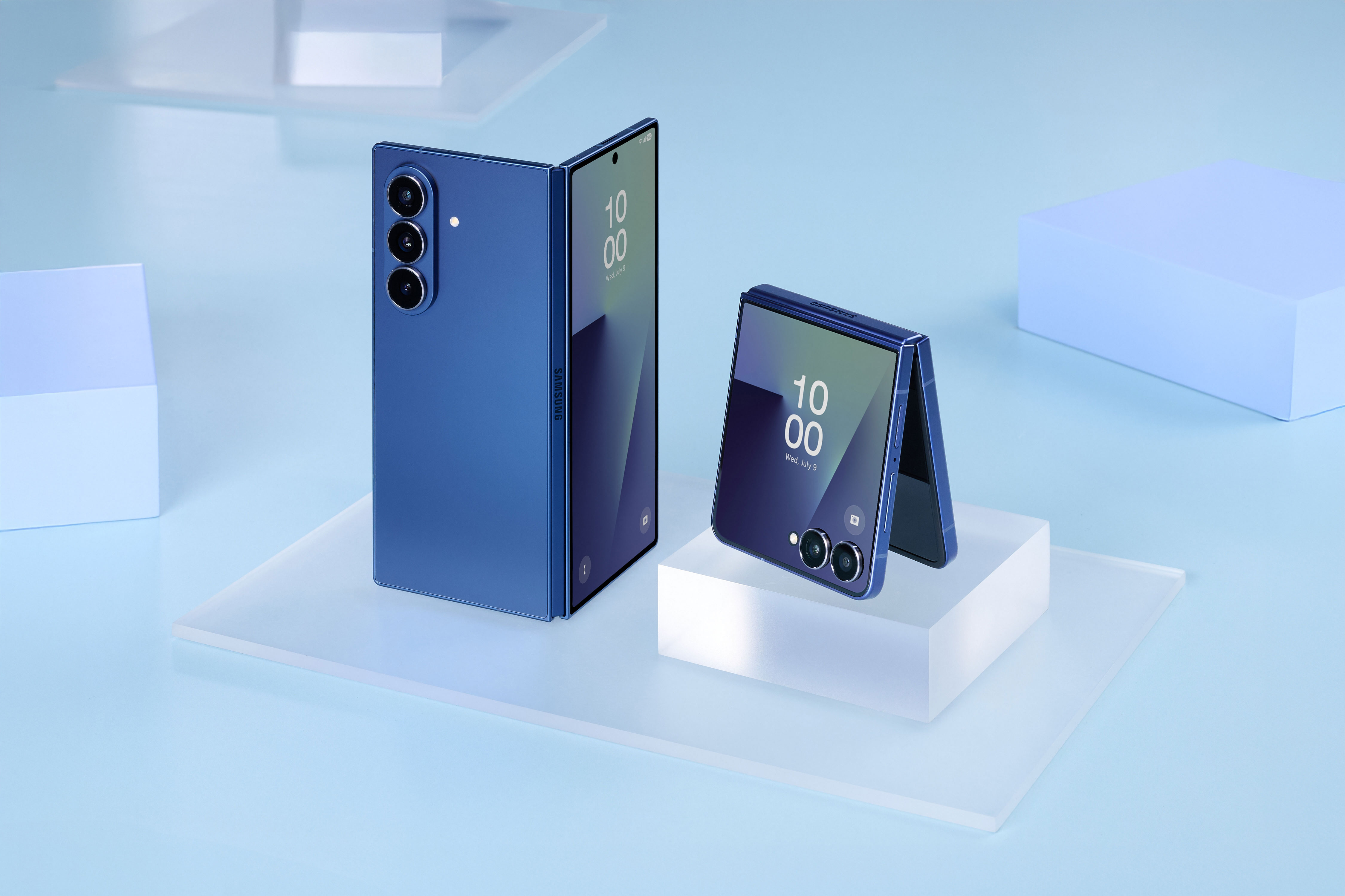
Tech companies are still trying to make the folding phone happen. The incoming Google Pixel Fold 10 is set to update and enhance the premium experience established by last year’s Pixel Fold 9 and there’s also a steady stream of devices coming out of the big Chinese firms, including Honor, Huawei, Xiaomi, Oppo and OnePlus, to name but five. Plus there’s the long, long rumoured folding variant of the Apple iPhone in the works, with the latest reports suggesting it’ll arrive alongside the iPhone 18 at some point in late 2026.
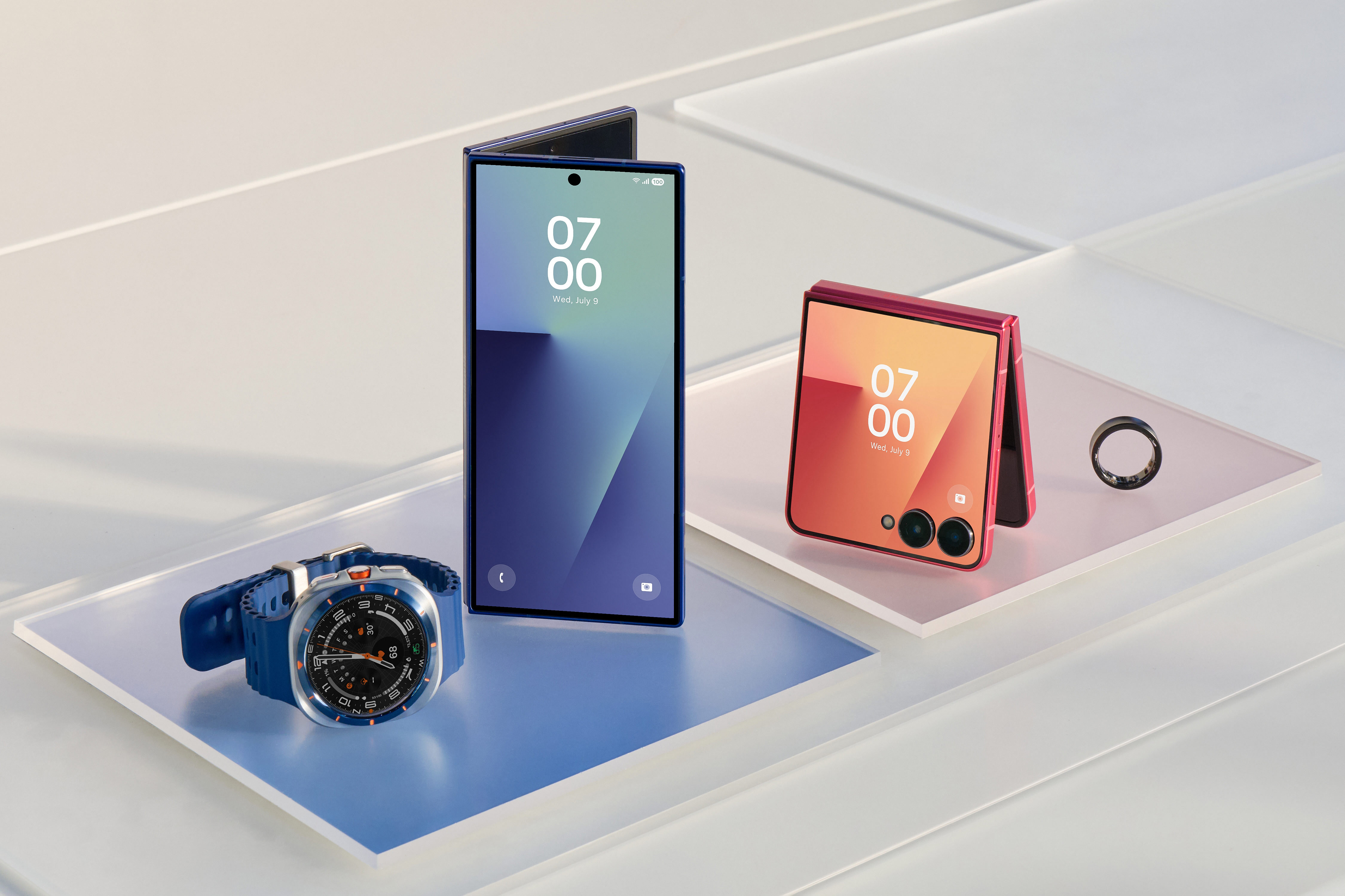
Samsung's new Galaxy ecosystem: Watch8, Fold7, Flip7 and Galaxy Ring
With all that activity, you’d have thought that the folding phone had well and truly arrived, even though I’m hard pushed to think of the last time I saw anyone using one. Nevertheless, their expense, complexity and (mostly solved) reliability issues make folding devices a natural flagship for a smartphone brand, which is why we have this, the new Samsung Galaxy Z Fold7, alongside the Galaxy Z Flip7 and entry-level Flip7 FE.

Samsung Galaxy Z Flip7 FE
These new foldables have been joined by the brand-new Galaxy Watch8 Series, all part of Samsung’s annual product drop back in early July. With all these products now on the market, we’ve assembled a quick look at their design and specification.
Samsung Galaxy Z Fold7
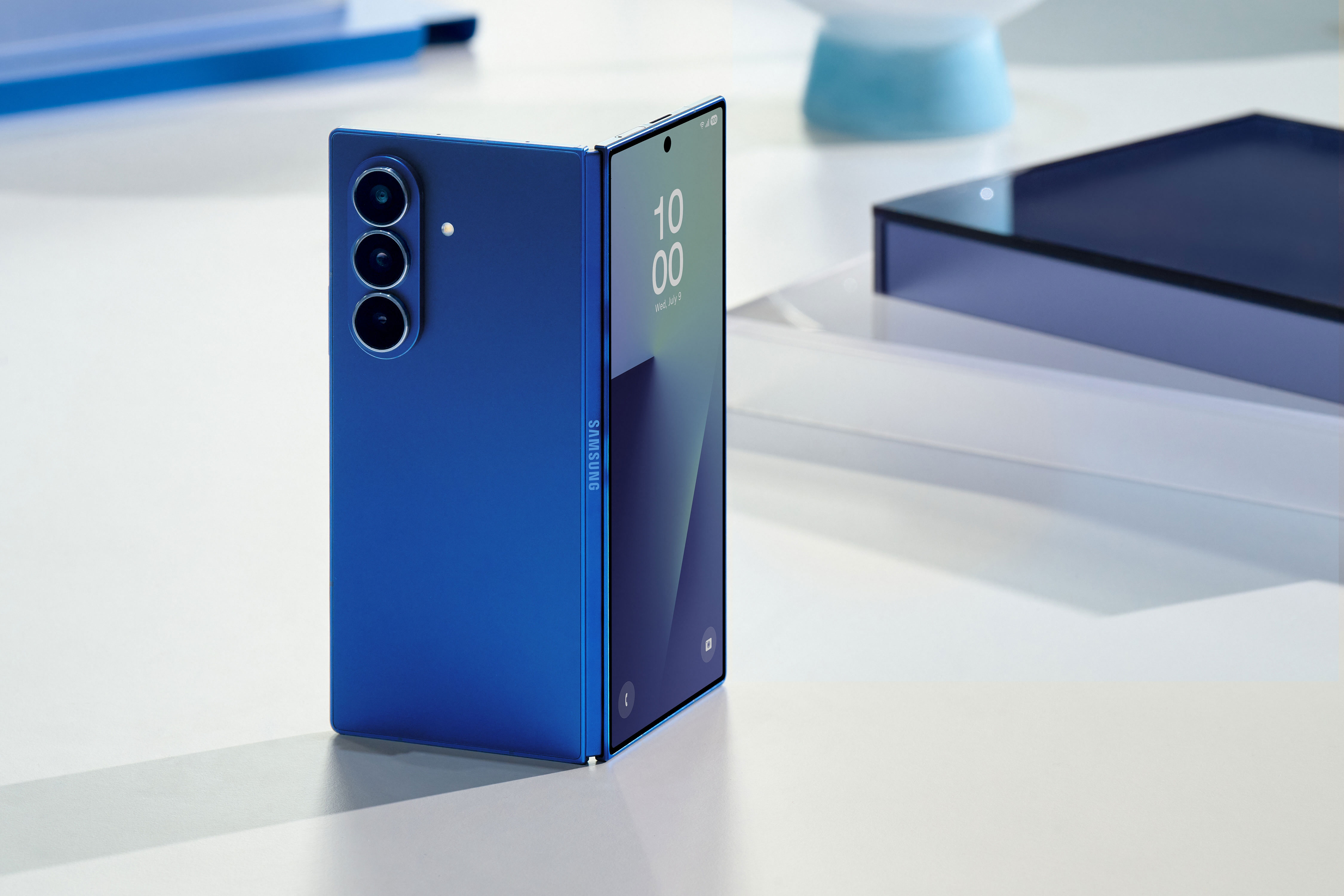
Samsung Galaxy Z Fold7
First up, the big flagship. Naturally, the Galaxy Z Fold7 is being touted as the most powerful foldable ever, but the form factor has also been refined. Just as Google’s Pixel 9 Fold functioned perfectly well as a conventional smartphone hiding a massive screen, so does the ultra-thin Galaxy Z Fold7. It’s less than 9mm thin when folded and weighs in at 215 grams (less than an iPhone 16 Pro Max (227g) and the Google 9 Pro XL (221g).

Samsung Galaxy Z Fold7
That’s some achievement. The cover display is an AMOLED unit that’s 6.5” in size and the internal screen is 8”, some 11% larger than the previous model. It’s also tougher and thinner, with a revised hinge design. Other tech specs include a custom Snapdragon 8 Elite for Galaxy chip (with up to 38% more CPU performance) and a 200MP wide-angle camera.
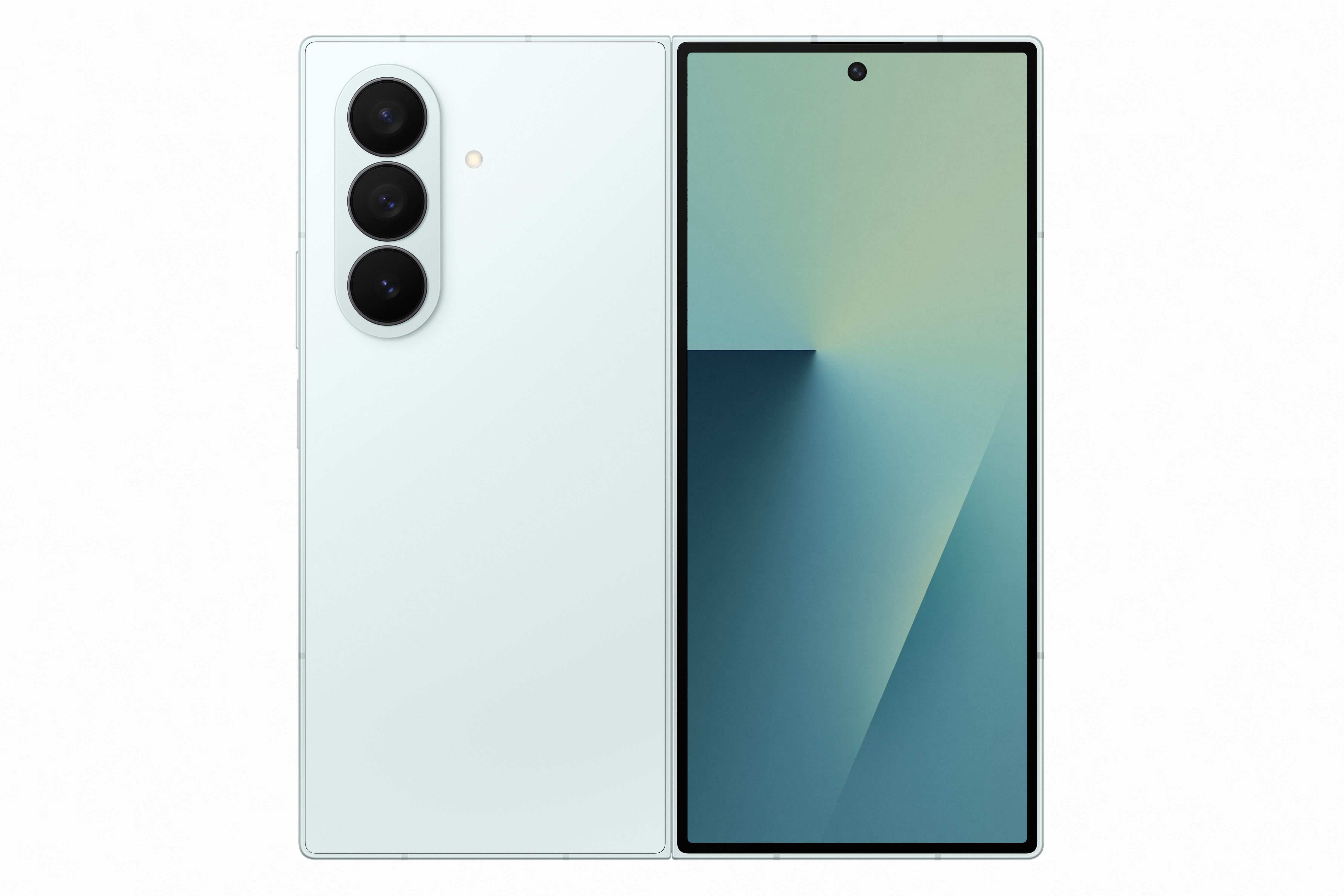
Samsung Galaxy Z Fold7
All this will mean little to Apple power users, who now have the carrot of a folding iPhone in the not-too-distant future – even if it’s unlikely to be officially confirmed right up until the moment of the keynote. For Android users, diving into this latest Samsung is more nuanced. Smartphone loyalties are increasingly baked in as buyers find their muscle memory is attuned to the quirks and shortcuts associated with each manufacturers’ iteration of the OS.
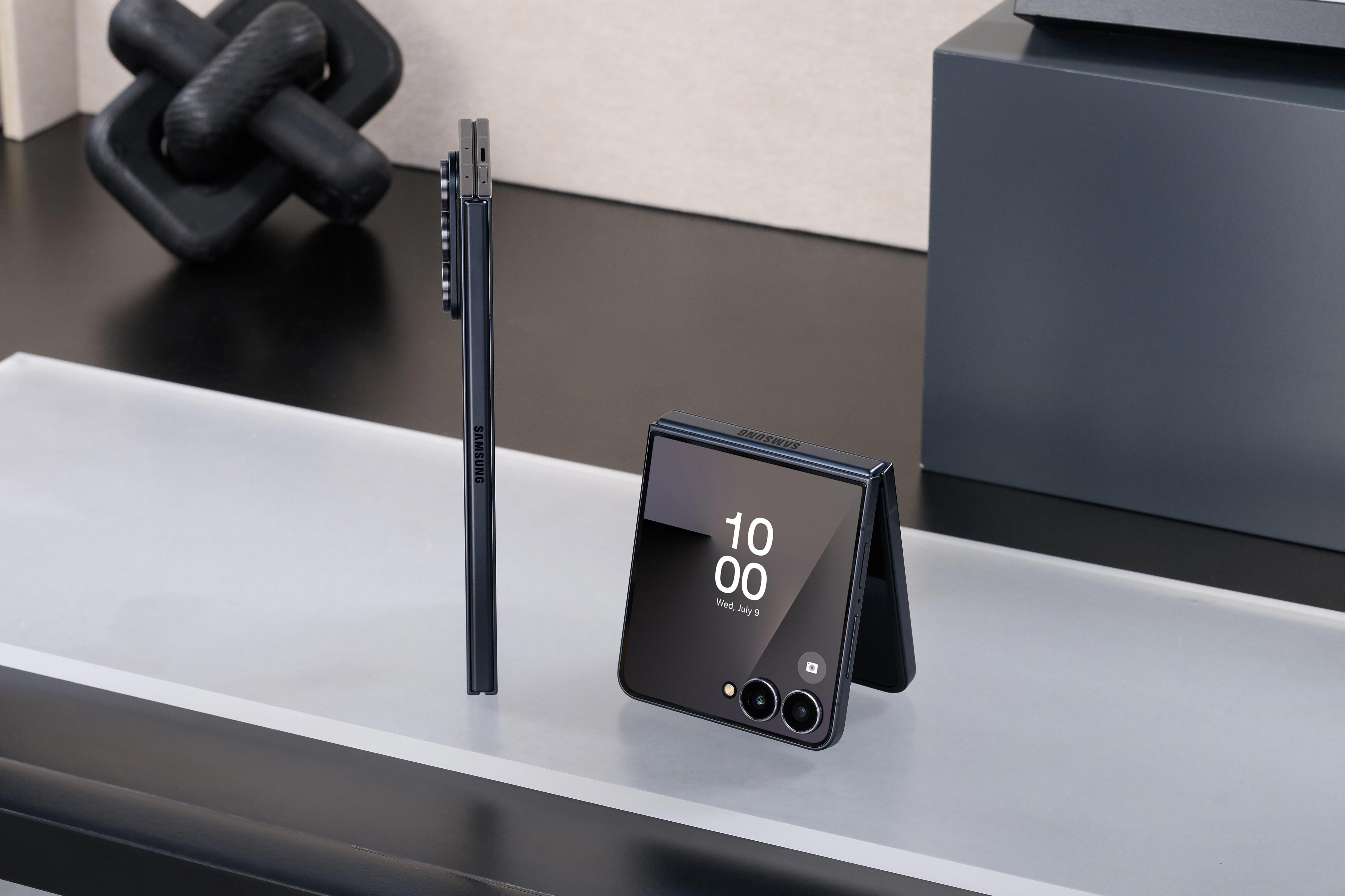
The Fold and the Flip
Samsung was quick to the AI-driven party, especially with its photo editing software and context aware ‘One UI 8’ and Galaxy AI. However, Google’s Gemini is also onboard. Thanks to the big G’s ownership of Android and therefore its ability to blend Gemini into everything from screen sharing to search results, it’s fast becoming the de facto standard AI across every smartphone.
Receive our daily digest of inspiration, escapism and design stories from around the world direct to your inbox.
Samsung Galaxy Z Flip7
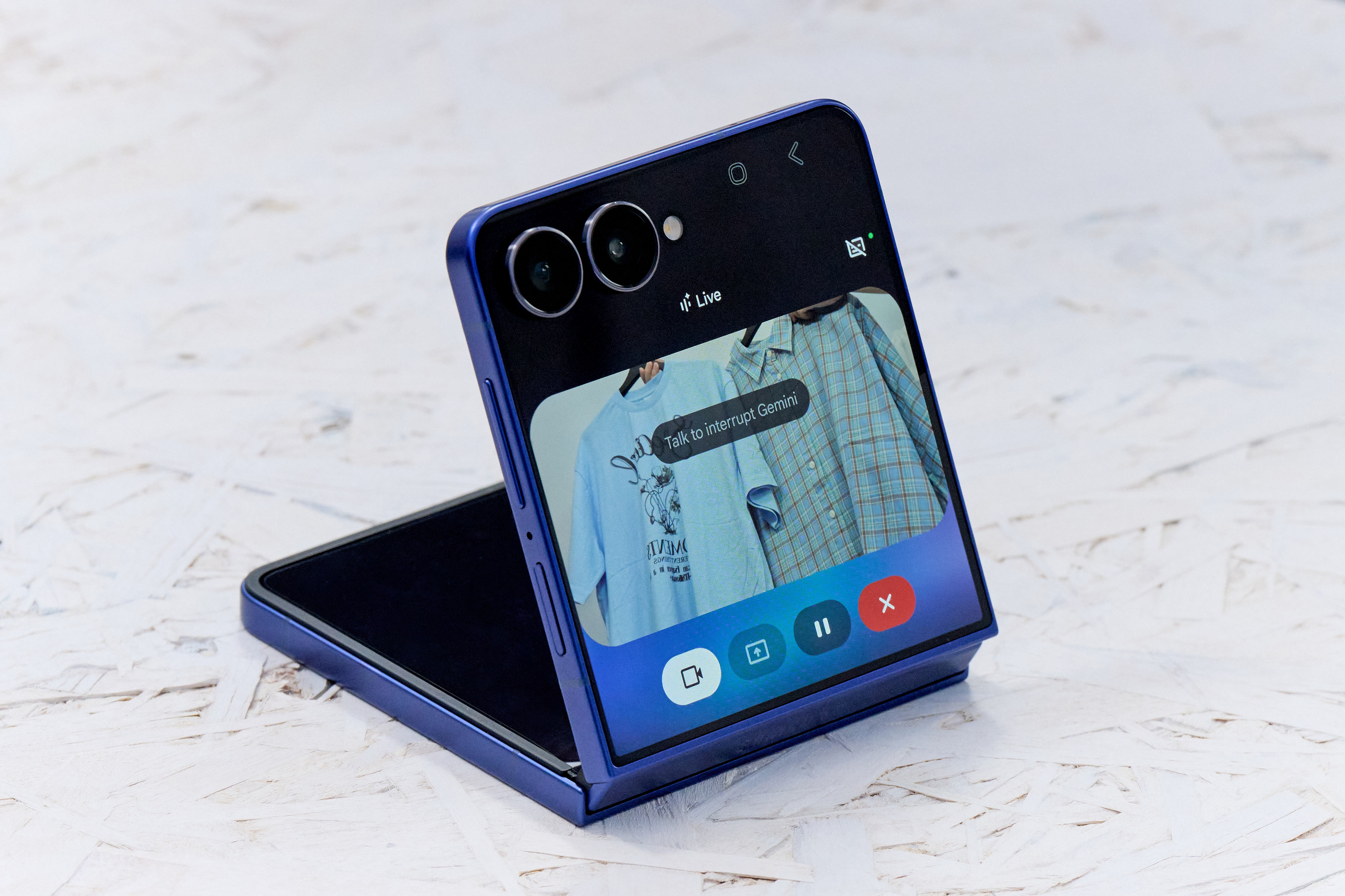
Samsung Galaxy 7 Flip7
What Google can’t do – yet – is match the impressive performance and form factor of the little Samsung Galaxy Z Flip7. Folding screen flip phones are a more natural use of the tech than the big book-sized devices. The Flip7 unfurls into a 6.9” screen but snaps shut into a truly pocketable device. New for 2025 is the ‘FlexWindow’, an outer display that runs from edge to edge of the case, 4.1” in total.
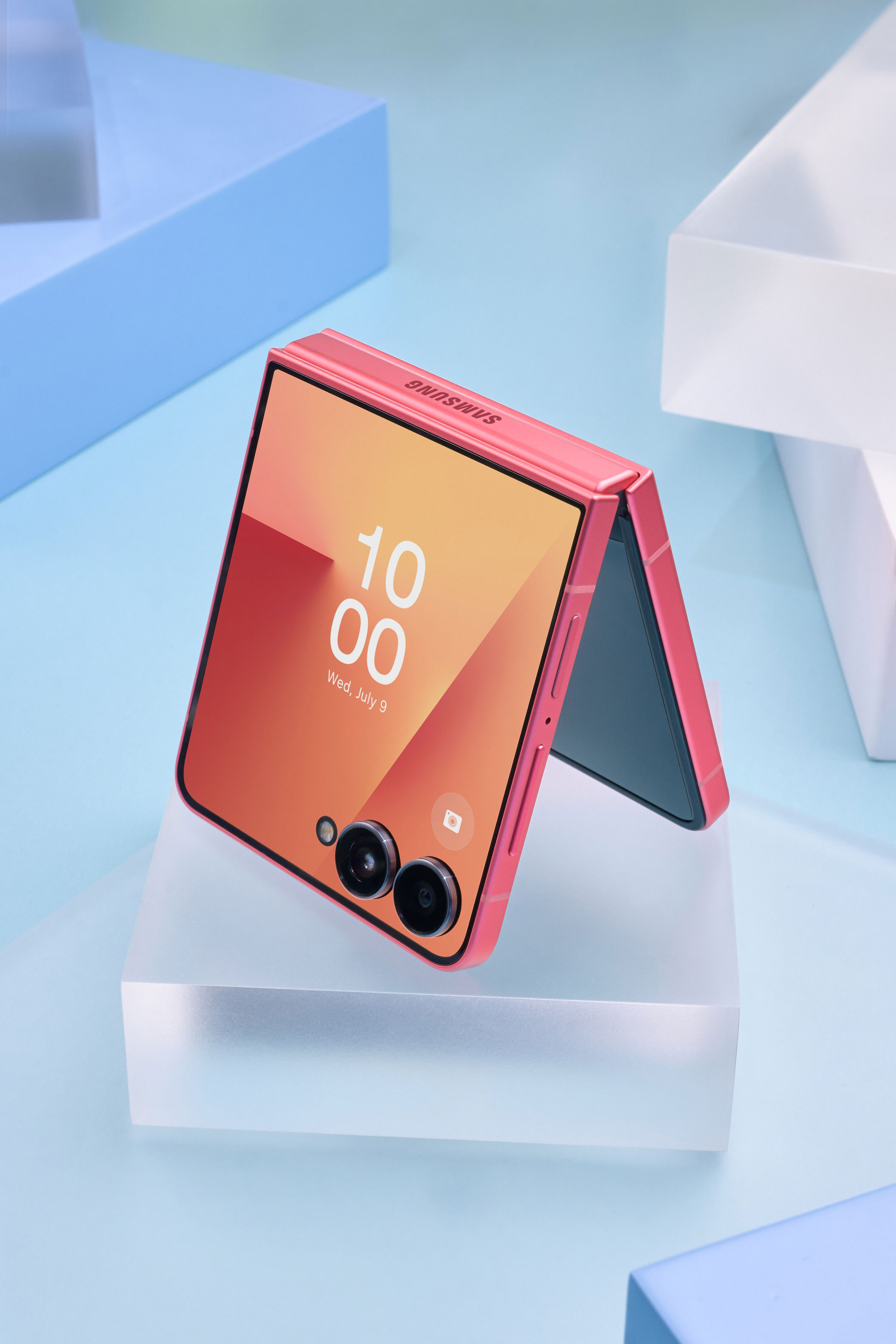
Samsung Galaxy 7 Flip7
What was once a secondary display is now very much a primary one, using AMOLED screen technology and providing enough real estate to read and reply to messages and other notifications, check media and use the Now Brief service for news and calendar events. It’s joined by the smaller Galaxy 7 Flip7 FE, a ‘budget’ model that brings this pleasing folding form factor to a wider market.

Samsung Galaxy 7 Flip7
Samsung Galaxy Watch8 Series
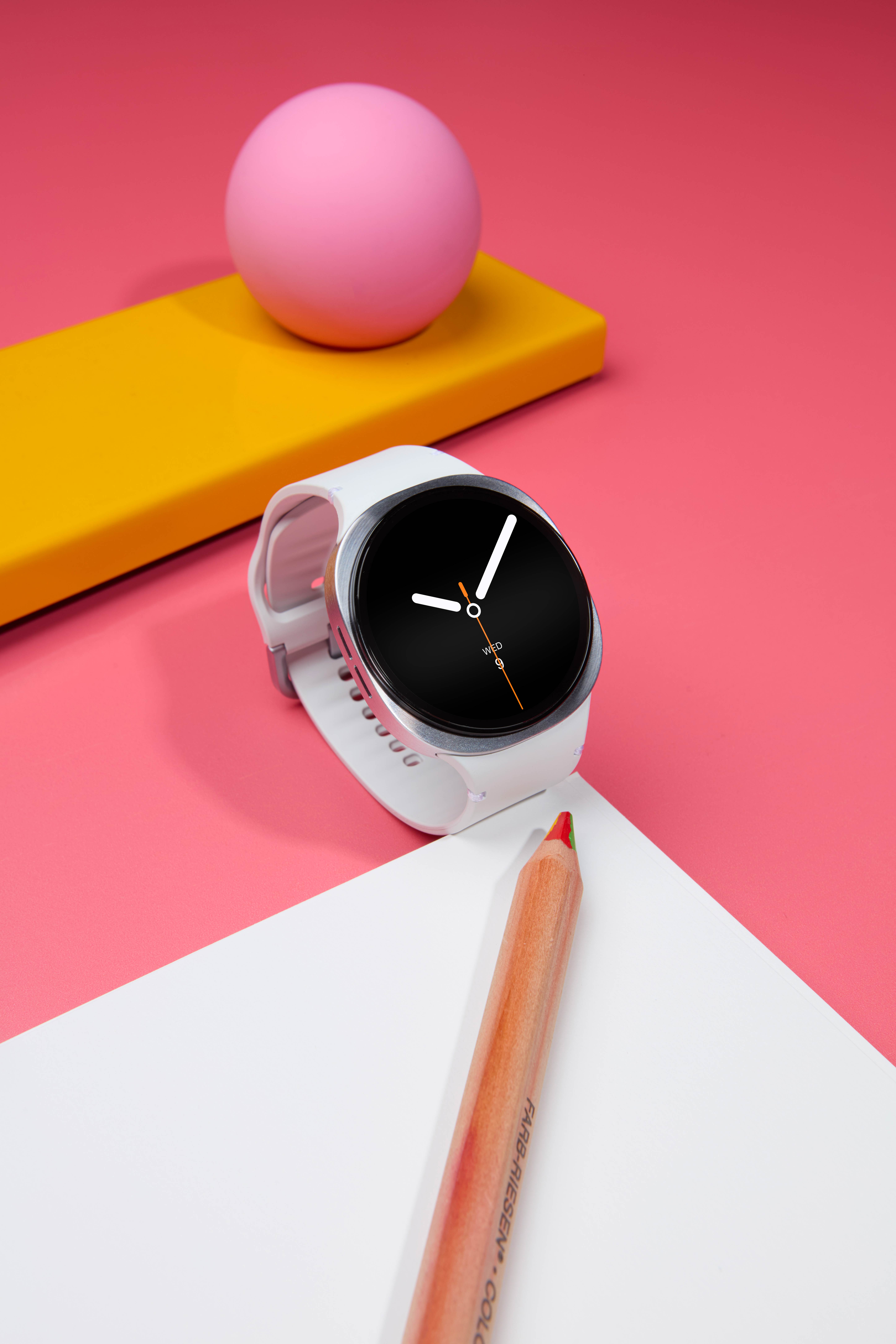
Samsung Galaxy Watch8 Series in silver
Finally, we have the new Samsung Galaxy Watch8 Series, and Watch8 Classic. You won’t be surprised to find this is thinner and sleeker than its predecessor, and the primary use case – fitness – has also been enhanced. The latter is bolstered by what Samsung is calling its BioActive Sensor, which combines an Optical Bio-signal Sensor, Electrical Heart Signal and Bioelectrical Impedance Analysis.

Samsung Galaxy Watch8 in graphite
The latter uses an undetectable electrical current to estimate (not measure) your body’s composition, e.g. the amount of muscle and fat you have depending on the resistance detected to the charge. On top of this, the Watch8 has a temperature sensor, accelerometer, barometer, gyro sensor, geomagnetic sensor, and light sensor.
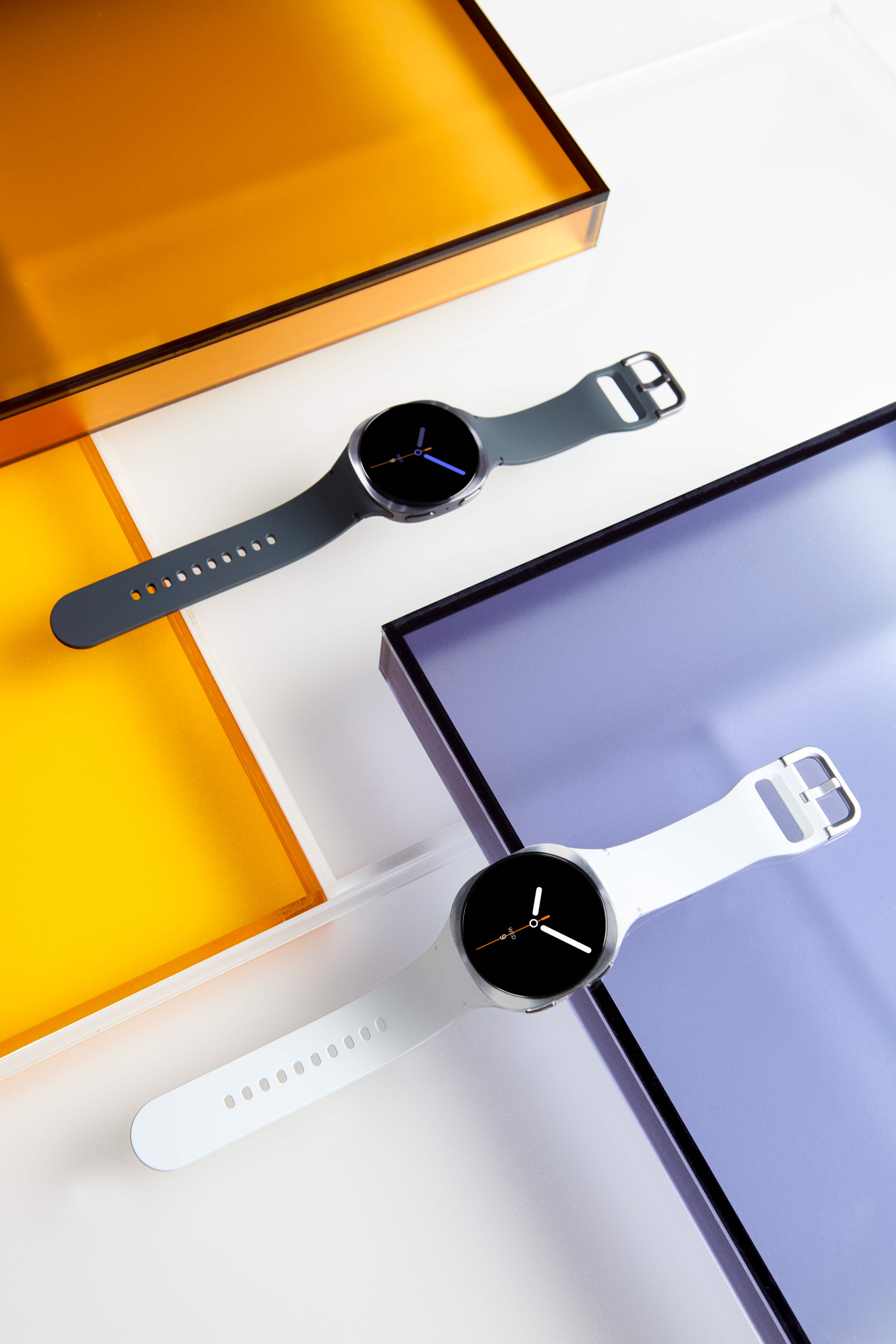
Samsung Galaxy Watch8 in silver and graphite
Samsung’s Health package is tasked with sifting through the results generated, with the more sophisticated monitoring backed up with better analysis on everything from stress management to coaching your workouts and suggesting the best time to go to bed (eight hours before you need to wake up, usually). Gemini is also built in for voice command and queries. Watch 8 is available in both 44mm and 40mm cases (Watch8 Classic is only available as a 46mm size).
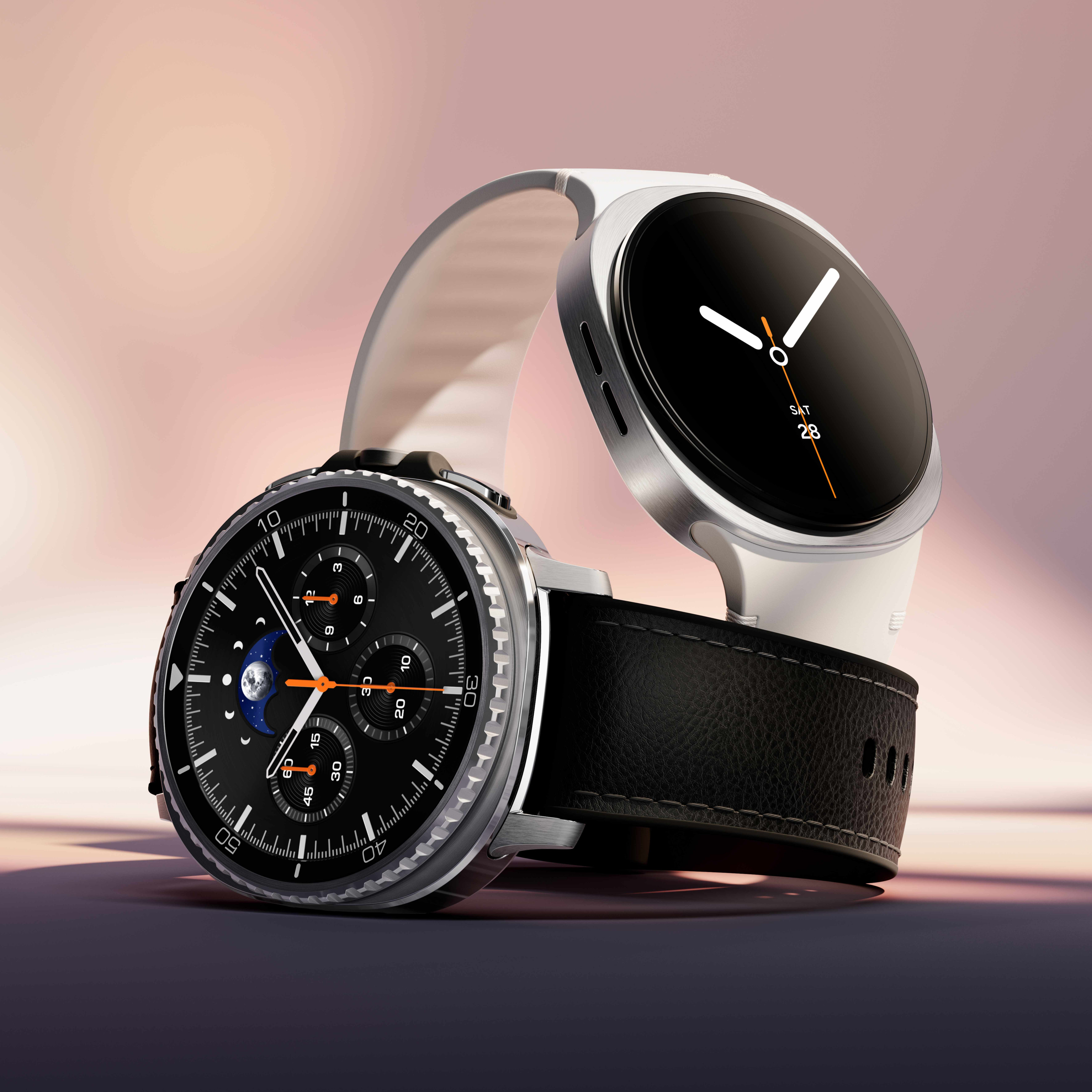
Samsung Galaxy Watch8 Classic and Watch8
Just like phones, each brand of smart watches tends to have its devotees – mainly because they’re invested in the data garnered through the app as well as the look and feel of the UI. Samsung probably won’t tempt anyone out of their Apple Watch with this new release, but our past experience of the Galaxy Watch is a very positive one. Watch8 looks set to keep this smart timepiece near the top of the pile of Android-powered watches.
Samsung Galaxy Z Fold7, from £1,799 (256GB storage, 12GB memory) to £2,149 (1TB storage, 16GB memory), Samsung.com
Samsung Galaxy Z Flip7, from £1,049 (256GB storage, 12GB memory) to £1,149 (512GB storage, 12GB memory), Samsung.com
Samsung Galaxy Watch8, £319 (40mm), £349 (44mm), £449 (Classic), Samsung.com
Jonathan Bell has written for Wallpaper* magazine since 1999, covering everything from architecture and transport design to books, tech and graphic design. He is now the magazine’s Transport and Technology Editor. Jonathan has written and edited 15 books, including Concept Car Design, 21st Century House, and The New Modern House. He is also the host of Wallpaper’s first podcast.
-
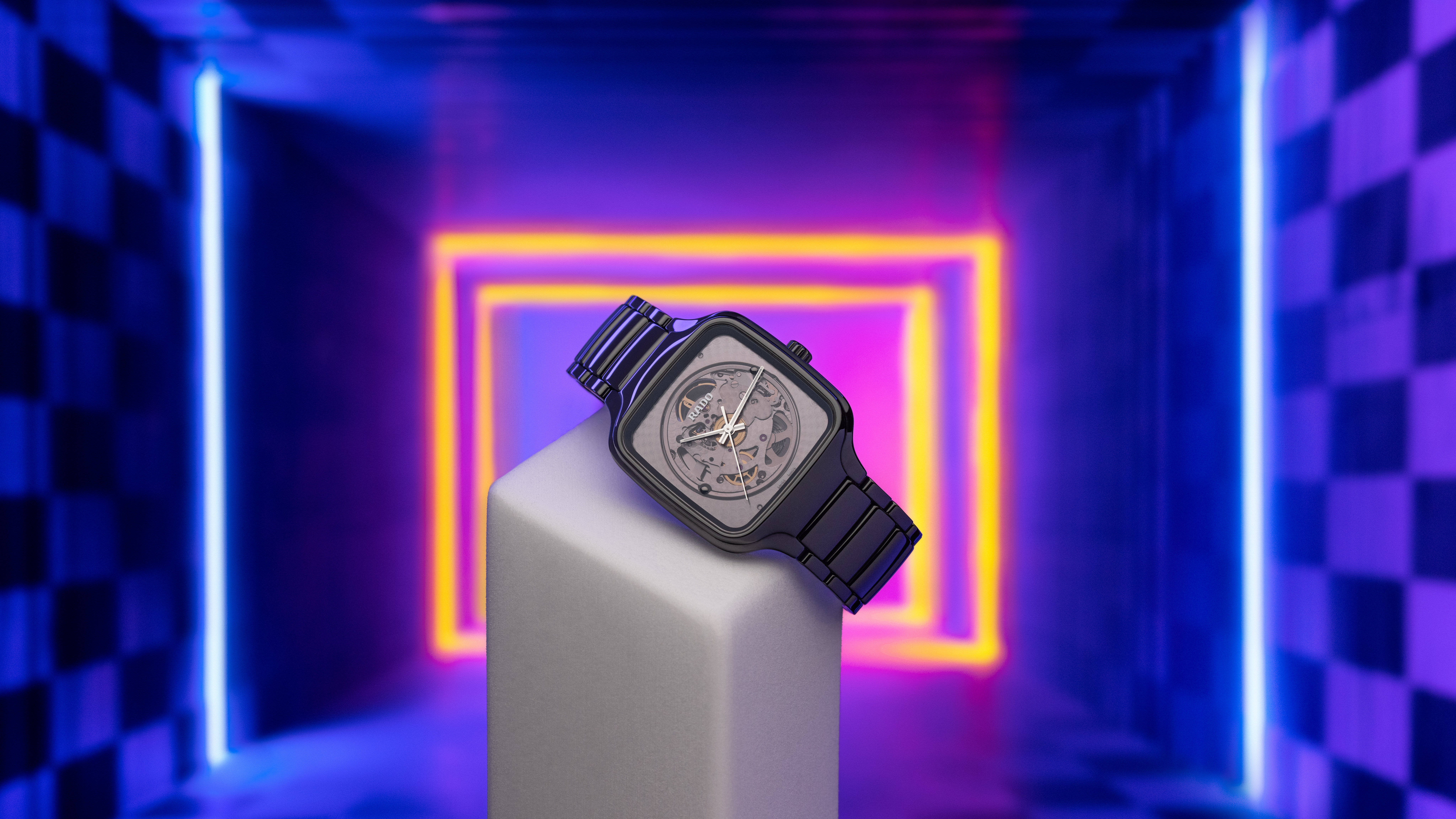 Why are the most memorable watch designers increasingly from outside the industry?
Why are the most memorable watch designers increasingly from outside the industry?Many of the most striking and influential watches of the 21st century have been designed by those outside of the industry’s mainstream. Is it only through the hiring of external designers that watch aesthetics really move on?
-
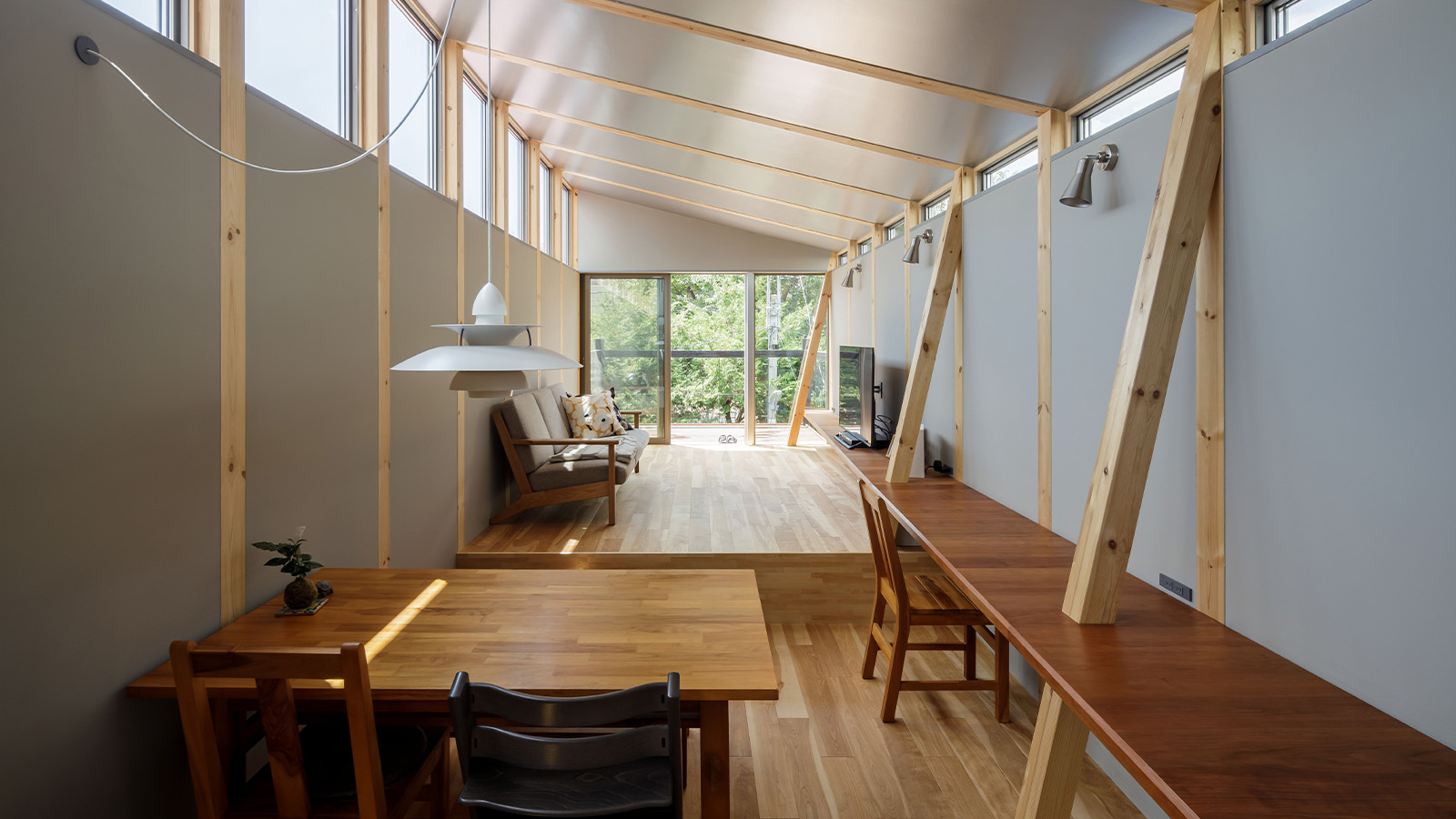 This Fukasawa house is a contemporary take on the traditional wooden architecture of Japan
This Fukasawa house is a contemporary take on the traditional wooden architecture of JapanDesigned by MIDW, a house nestled in the south-west Tokyo district features contrasting spaces united by the calming rhythm of structural timber beams
-
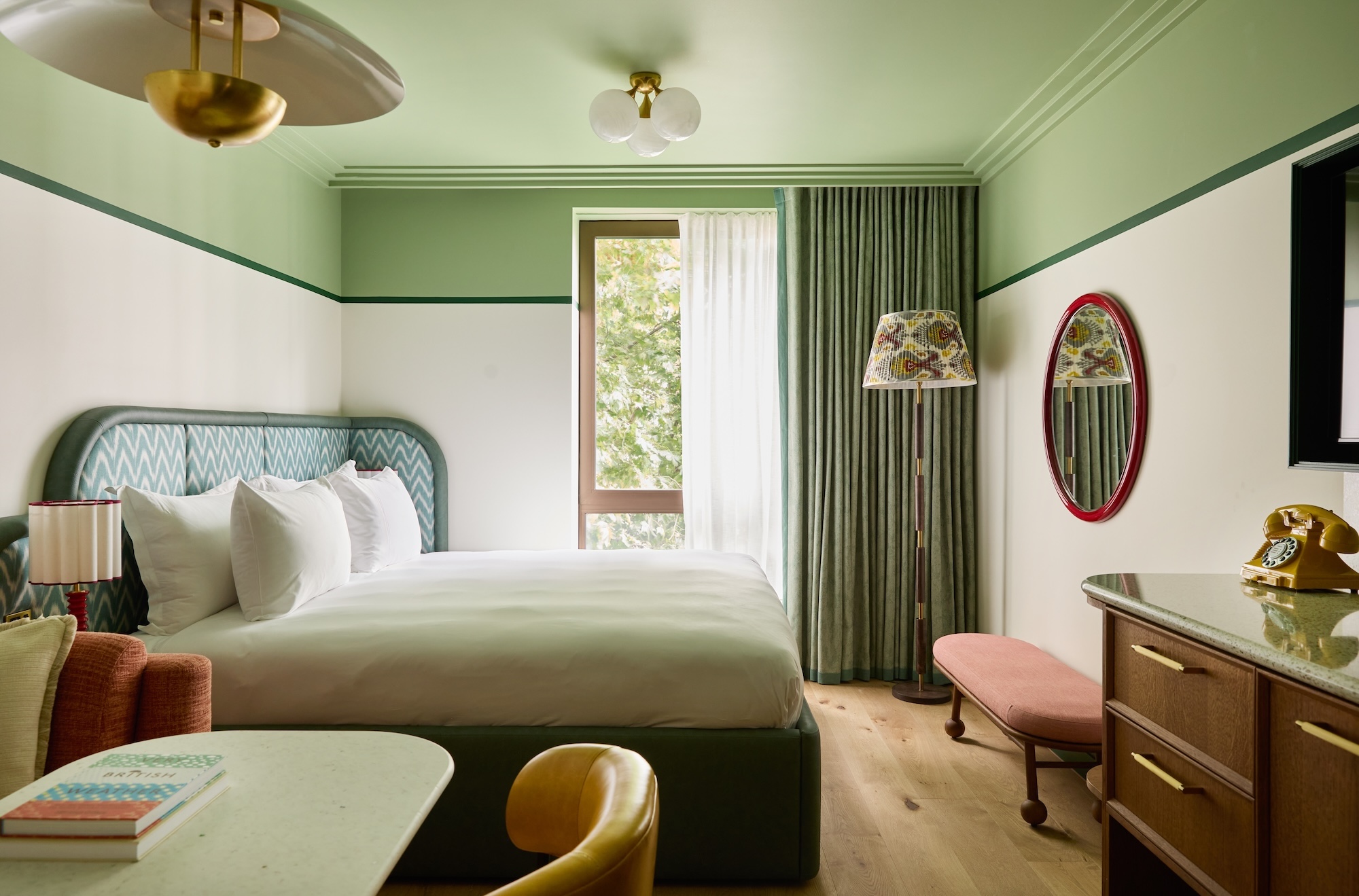 At last: a London hotel that’s great for groups and extended stays
At last: a London hotel that’s great for groups and extended staysThe July London Victoria, a new aparthotel concept just steps away from one of the city's busiest rail stations, is perfect for weekends and long-term visits alike
-
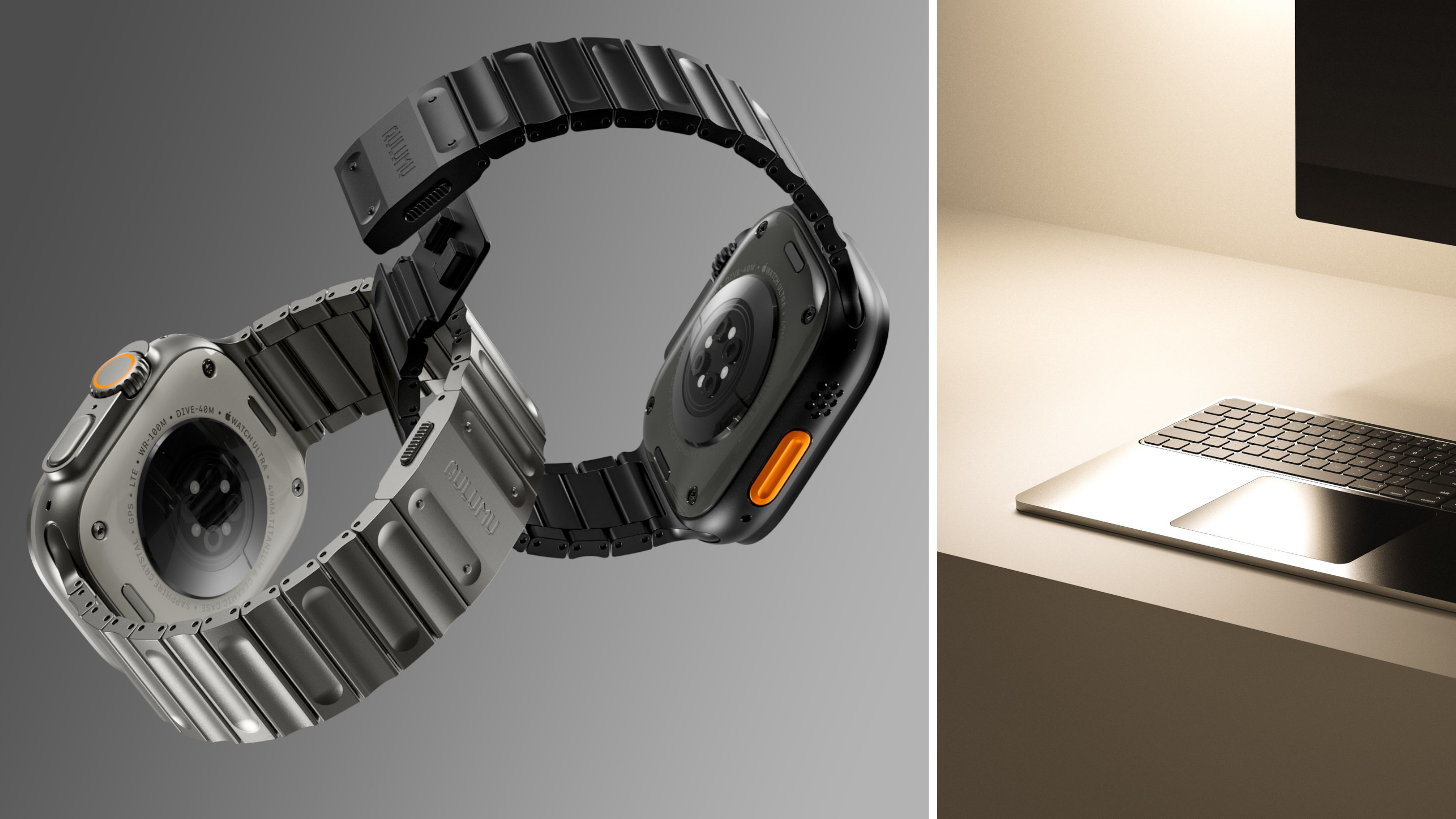 Seven covetable accessories designed to improve your Apple experience
Seven covetable accessories designed to improve your Apple experienceWe present a clutch of cultured accessories for all things Apple, from chargers to cases, straps and keyboard covers
-
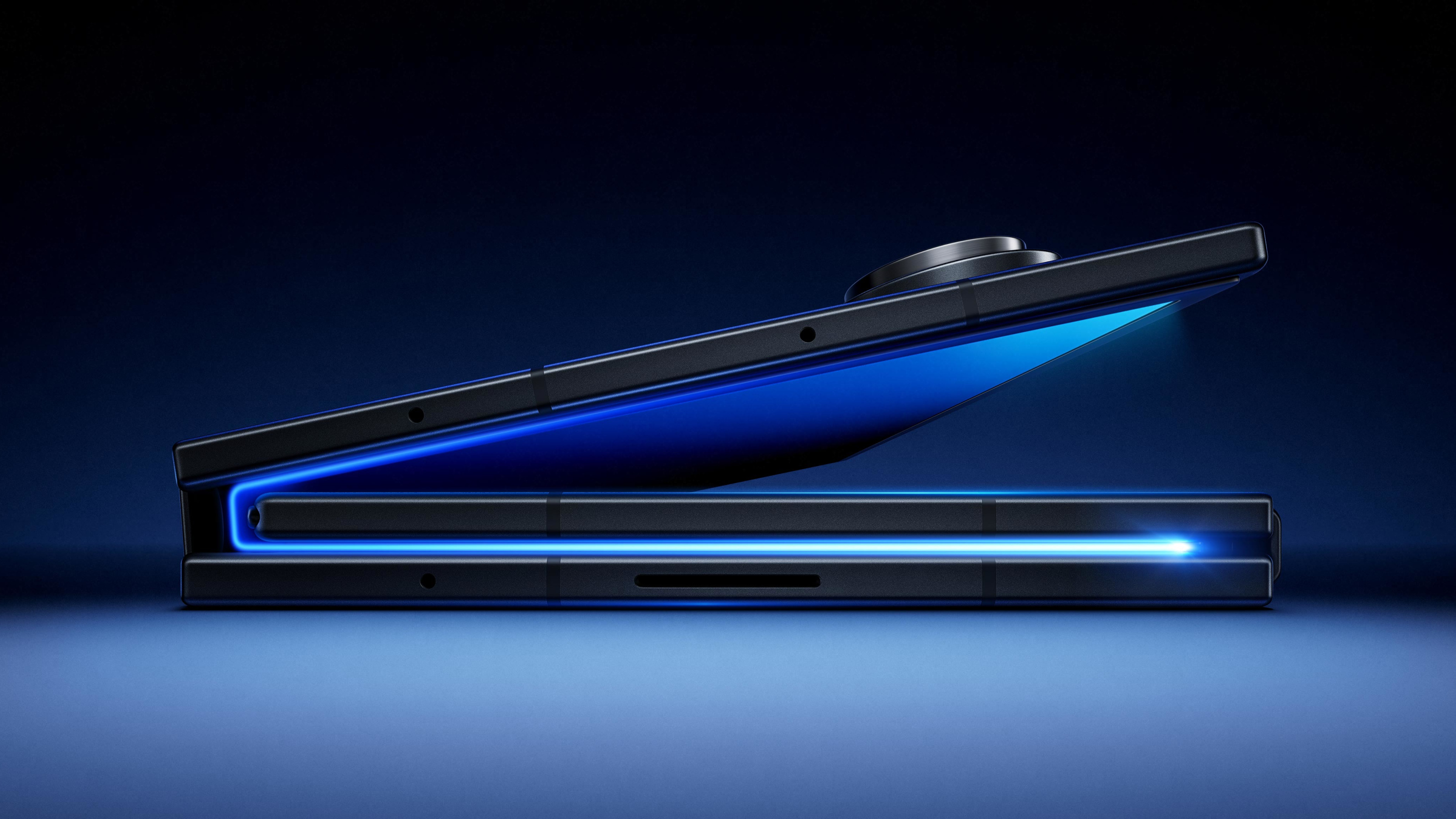 Samsung Galaxy Z TriFold is a pocket tablet that takes folding screens to new extremes
Samsung Galaxy Z TriFold is a pocket tablet that takes folding screens to new extremesSamsung has announced its newest flagship device, the Galaxy Z TriFold. Featuring three folding screens, this ultimate smartphone can transform into a ten-inch tablet
-
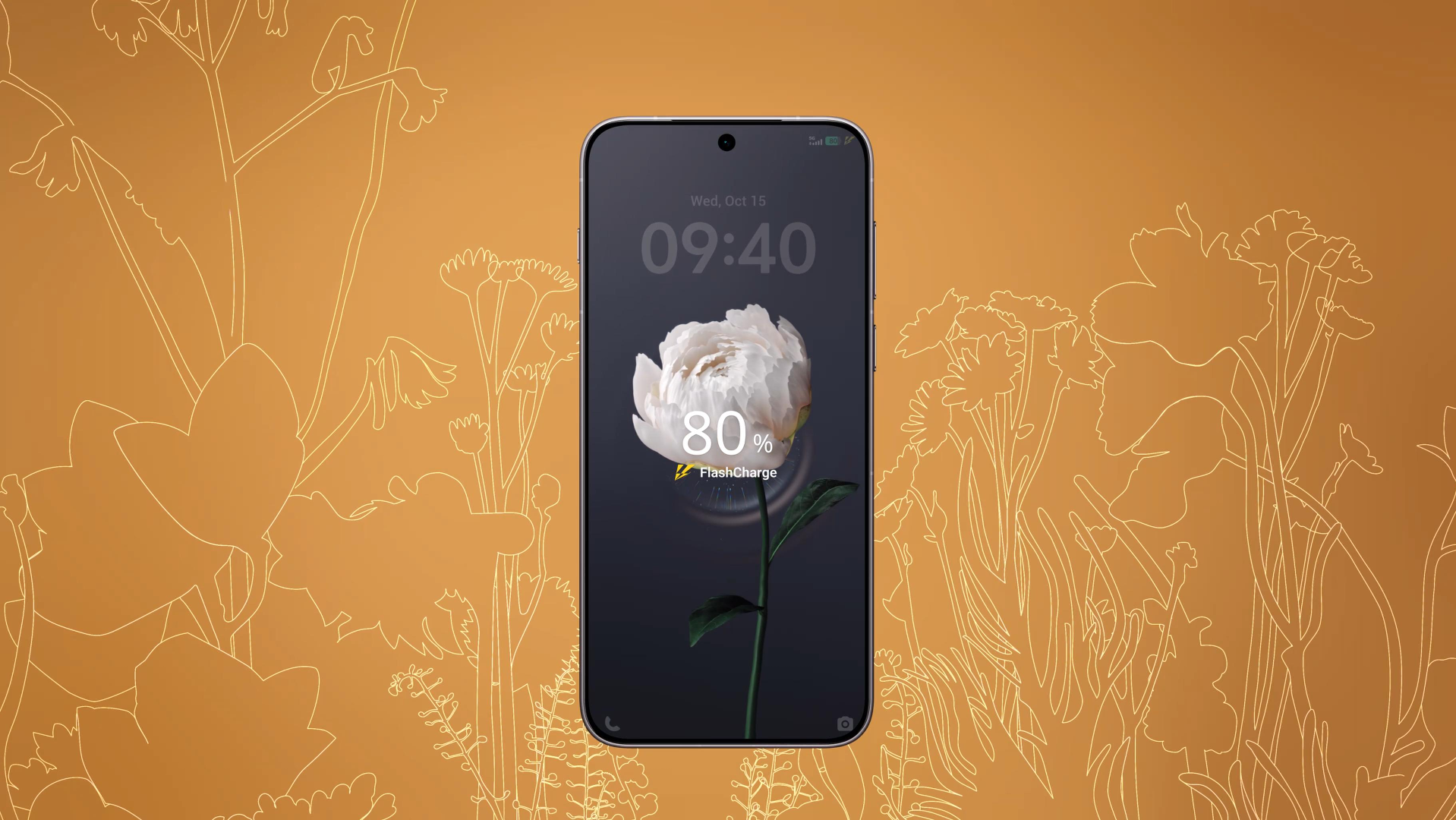 Vivo launches OriginOS 6, for a smooth and intelligent mobile experience
Vivo launches OriginOS 6, for a smooth and intelligent mobile experienceSuperior AI, next-level graphics and a seamless user experience make this Vivo’s most sophisticated operating system yet
-
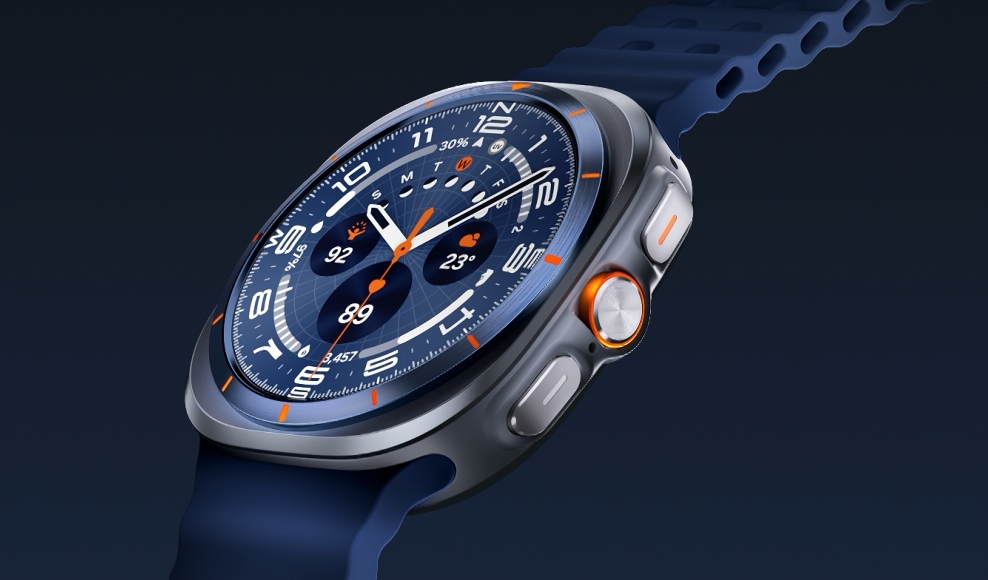 12 new watches and wearables offer a high-tech take on time and tracking
12 new watches and wearables offer a high-tech take on time and trackingFrom conventional smart watches to specialist applications and even solar system exploration, we present twelve ways of transforming your wrist into a source of inspiration and information
-
 The Apple iPhone Air leads the company’s round of autumn product launches
The Apple iPhone Air leads the company’s round of autumn product launchesThe new Apple iPhone 17 range boasts better cameras, more memory and more Apple Silicon. It launched alongside new Apple Watches, new AirPods and the remarkable iPhone Air. We explore out the key innovations and products
-
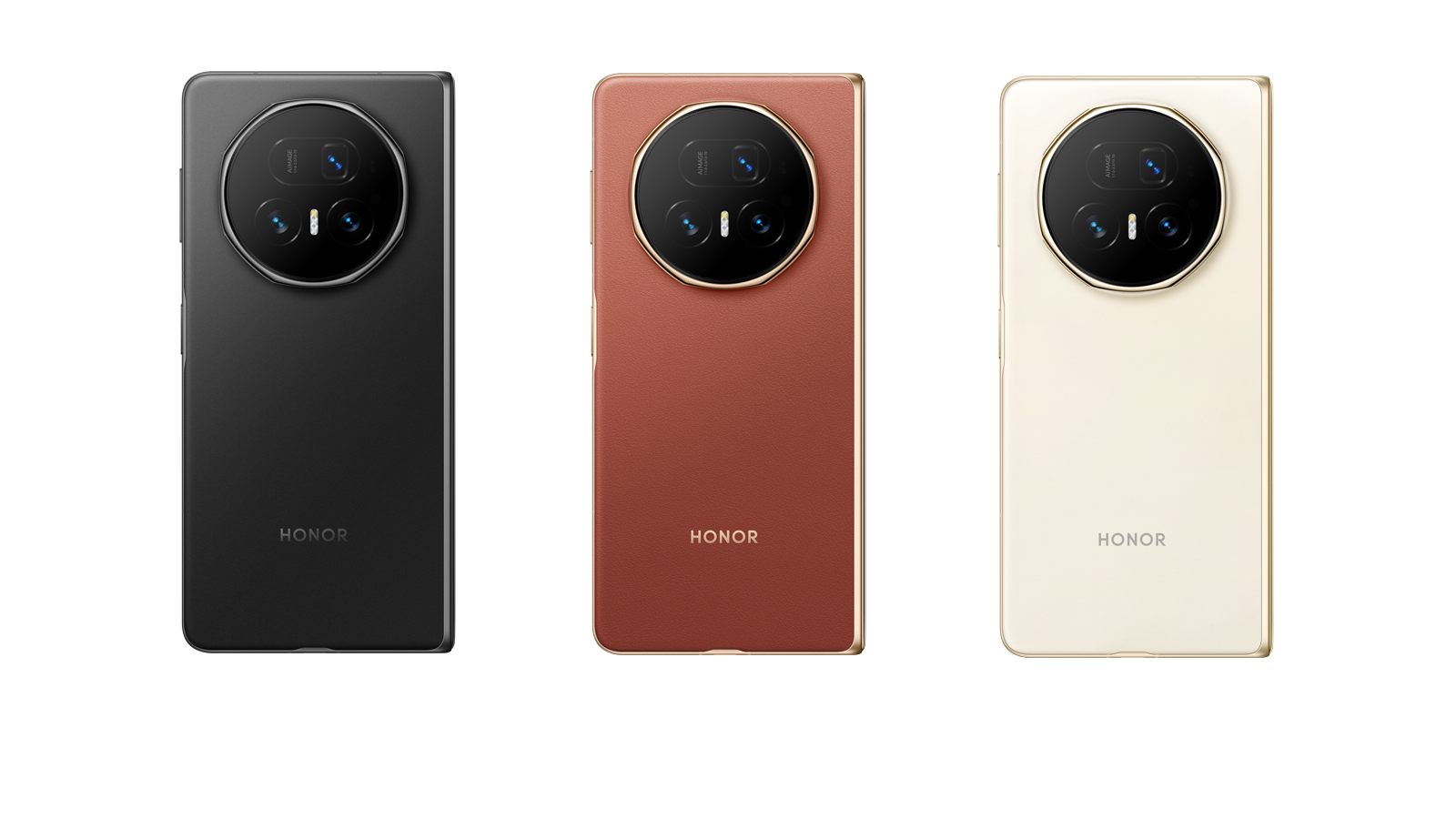 Honor introduces an ultra-slim trio of new flagship foldable phone, tablet and laptop
Honor introduces an ultra-slim trio of new flagship foldable phone, tablet and laptopThin is in as Honor goes for style and substance with three new portable computing devices – a high-powered folding phone, tablet and laptop that offer anything but slim pickings
-
 Samsung Art TVs redefine the screen’s role in the home
Samsung Art TVs redefine the screen’s role in the homeWith partners like The Metropolitan Museum of Art, Musée d’Orsay, and Art Basel, Samsung Art TVs reimagine the screen as a refined canvas that enhances – rather than disrupts – your home’s interior
-
 Liquid Glass, subtle AI and cross-device continuity define Apple’s new 26-branded OS
Liquid Glass, subtle AI and cross-device continuity define Apple’s new 26-branded OSAt WWDC25, Apple announced a raft of design changes, rolling out iOS 26, iPadOS 26, macOS Tahoe 26, watchOS 26, and tvOS 26 to the delight of attending developers